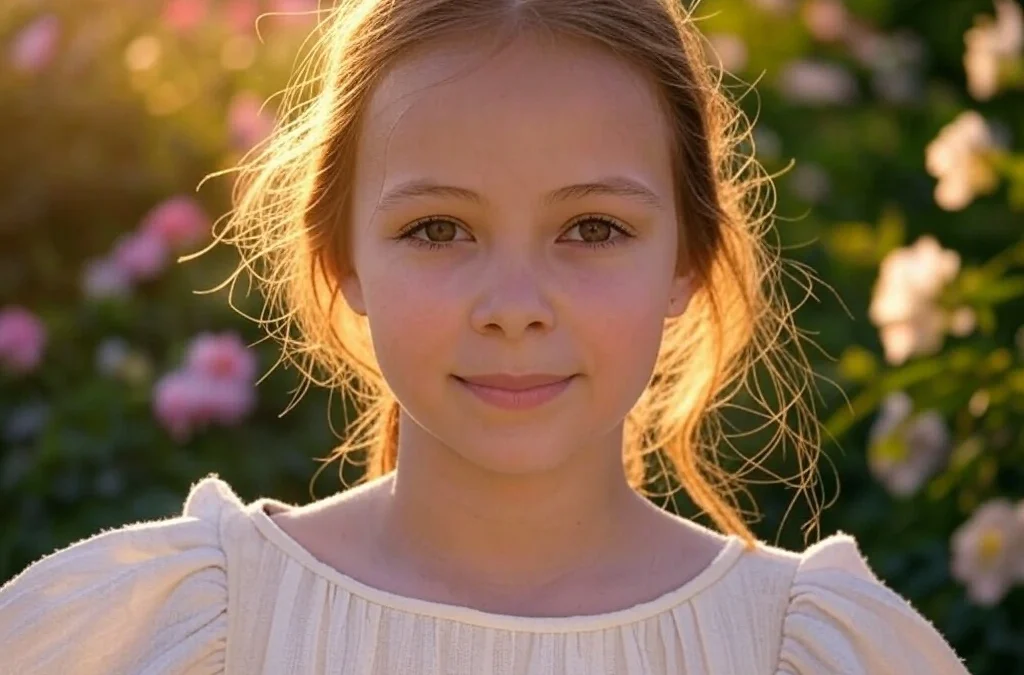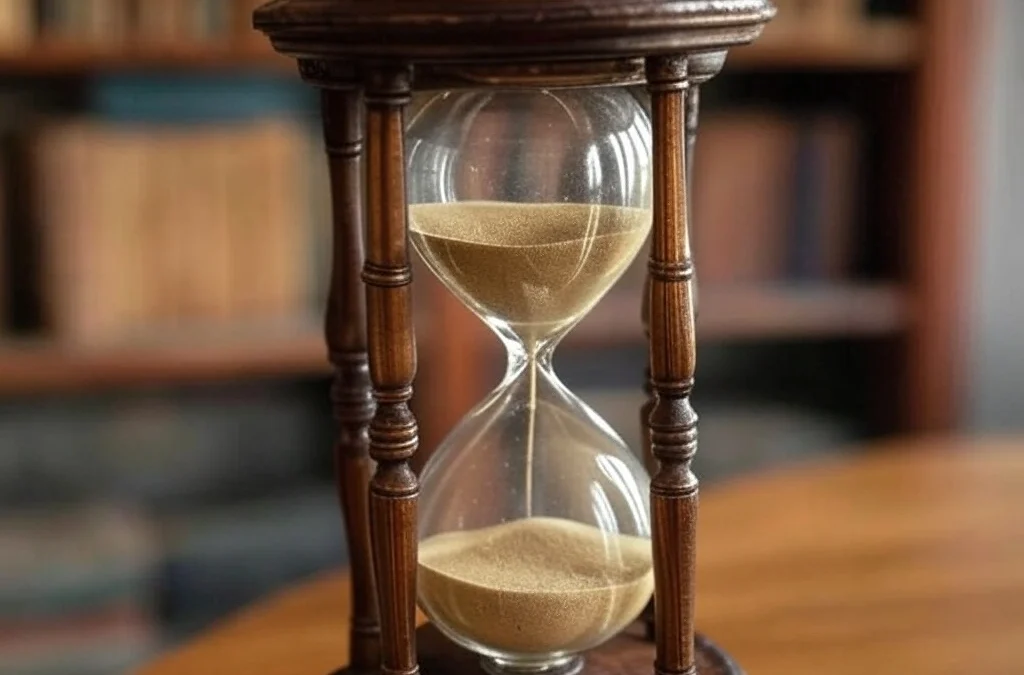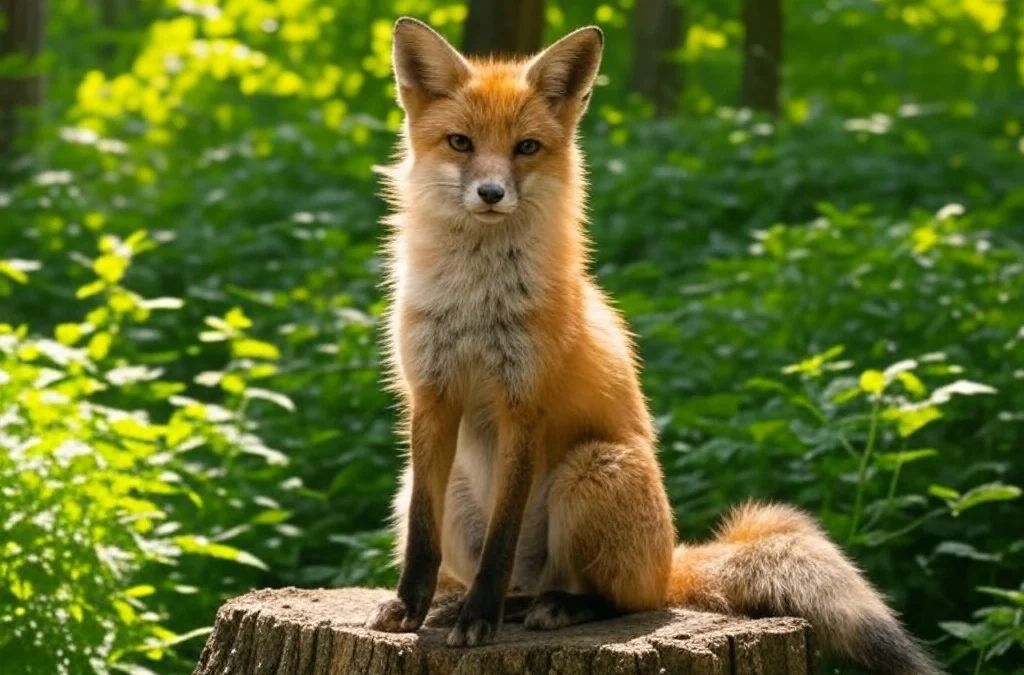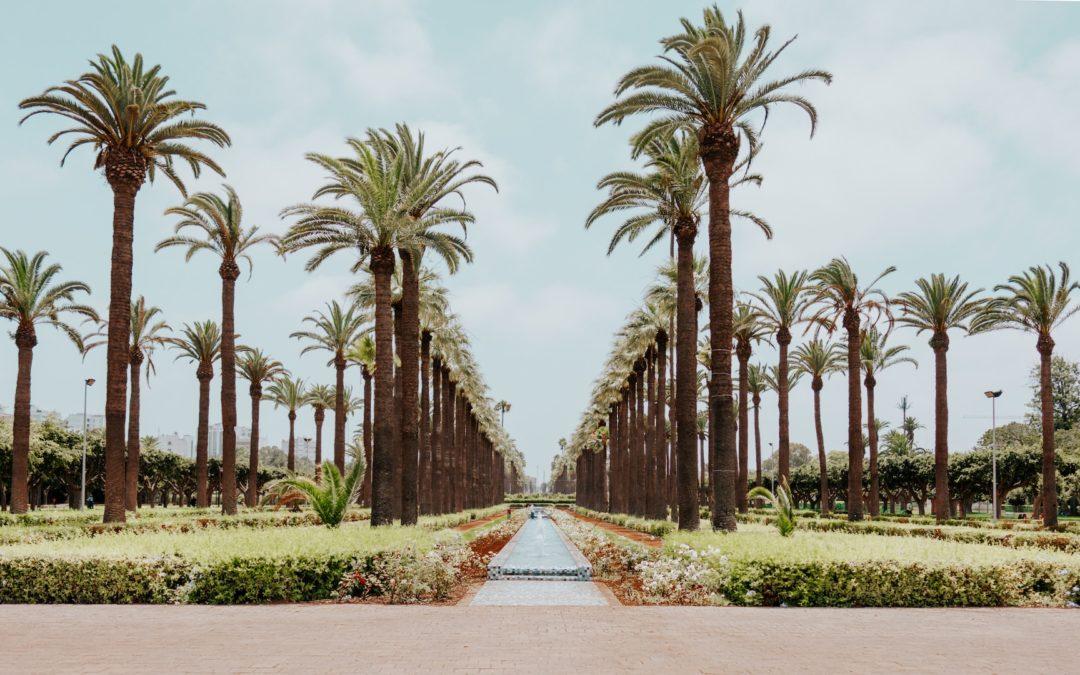In this article, we will explore the top 20 differences between Morocco and Algeria. We will discuss what sets them apart, particularly in terms of geography, culture, industry, and more. The Maghreb region of North Africa includes the neighboring nations of Algeria and Morocco. Due to their shared borders and historical ties, they have intertwined histories over the years. These two nations possess rich cultural traditions, significant geographical distinctions, and complex histories that have shaped and influenced their respective cultures.
The Biggest Differences Between Algeria and Morocco
1. Colonial History – The historical trajectories of Algeria and Morocco diverge significantly from their colonial pasts. Algeria endured more than 130 years of French colonial rule, spanning from 1830 to 1962. This extended period of colonization left an indelible mark on Algeria’s society, economy, and culture. In response to the oppressive grip of colonialism, Algerians initiated the Algerian War of Independence, a protracted and arduous struggle that ultimately led to the country’s hard-won independence on July 3, 1962.
In contrast, Morocco’s colonial experience was distinct, as it came under the influence of both France and Spain before eventually regaining its independence. During Morocco’s colonization by European powers, the Sultan retained a measure of authority and played a pivotal role in governing the nation.
2. Western Sahara Dispute – An important historical difference that still affects relations between Algeria and Morocco is the Western Sahara dispute. Algeria and Morocco both claimed control over the region following Spain’s departure from Western Sahara in 1975. In its fight for independence, the Polisario Front of Sahrawi people gained support from Algeria, while Morocco pursued its territorial claims. Conflicts and periodic diplomatic tensions between the two nations have been caused by this dispute.
3. Cultural Influences – Algeria and Morocco have different cultural influences as a result of their geography and history. Algeria’s nearness to the Mediterranean Sea and its long history of ancient civilizations have contributed to the country’s rich cultural heritage. In contrast, Morocco’s geographical location as an intersection between Africa and Europe as a result of the influence of Amazigh (Berber), Arab, and European (French and Spanish) influences, contributed to the country’s culture.
4. Political Systems – The post-independence political systems of Algeria and Morocco represent yet another significant historical divergence. In the wake of their respective independence movements, each country embarked on distinct paths. Algeria embraced a socialist-leaning government model and established the National Liberation Front (FLN) as the sole political entity. Under this one-party rule, the nation experienced profound political and economic transformations. Conversely, Morocco adopted a constitutional monarchy, with the Alaouite dynasty retaining its leadership position. While both nations have witnessed political reforms and developments over time, it is worth noting that socialist ideology exerted a more pronounced influence on early Algerian politics.
5. Language – Both Algeria and Morocco primarily use Maghrebi Arabic (also known as Darija), but they have distinct dialects with differences in pronunciation, vocabulary, and expressions. Both countries also have significant Berber language usage, with Algeria having Kabyle, Tamazight, and Chaoui spoken widely, especially in rural areas, and Morocco having Berber languages, collectively known as Tamazight, spoken mainly in the Atlas Mountains and some rural regions. French is widely used as a second language due to their colonial history, more commonly in Algeria and among the educated in Morocco. Some Spanish influence is seen in the Moroccan colloquial language, especially in northern regions. Both countries have promoted Berber language revival, with Morocco officially recognizing Tamazight as a national language in 2011. Education and media reflect linguistic differences, with Arabic and Berber languages more prevalent in Algeria and Arabic and French being dominant in Morocco.
6. Religion – Algeria and Morocco are predominantly Muslim countries with Sunni Islam being the dominant religion. Algeria has a mostly homogenous Muslim population, while Morocco’s religious landscape is a little bit more diverse, including Sufi orders, Shia Muslims (around 0,1% of the population), and a historically significant Jewish community. Both nations have a history of religious tolerance, coexisting with religious minorities. They have also witnessed Islamic revival movements promoting conservative interpretations of Islam. In terms of the state’s approach to religion, Algeria declares Islam as the state religion, while Morocco grants freedom of worship and emphasizes the king’s spiritual authority. Both countries celebrate Islamic holidays and observe religious practices, which hold significance in their social and cultural life.
7. Population – Algeria has a larger population than Morocco with currently 44,903,000 inhabitants, making it one of Africa’s most populated countries. Morocco’s population is around 37,458,000, making it the third most populated country in North Africa. Algeria experiences a slightly higher population growth rate than Morocco, but the two countries have been declining growth rates. Morocco is more populated than Algeria, with its population concentrated in urban areas and fertile regions. Both nations experienced notable urbanization with major cities serving as business centers. Algeria acts as a transit country for Sub-Saharan African migrants wanting to reach Europe, and both countries facing conflicts related to refugees from adjacent conflict zones.
8. Literacy Rate – Algeria allocates a higher percentage of its government budget to education compared to Morocco, making education a priority with significant investments. Additionally, Algeria has a somewhat better literacy rate than Morocco, at 80% versus 70%. In both nations, Arabic is the primary language taught, but Morocco uses French more frequently, particularly in business and higher education.
9. Education – The curriculum in Algeria emphasizes Arabic language and culture, while Morocco’s curriculum reflects more influence from French and Western educational models. Algeria has a higher enrollment rate in primary education and has implemented policies for compulsory and free primary education. Algeria’s higher education system is more established with a greater variety of programs, while Morocco’s private education is more common, playing a significant role in the education system. Both countries have made progress in reducing gender inequality, with Algeria achieving more success in gender inequality in primary and secondary education. Both Algeria and Morocco have undertaken education reforms to address challenges and improve quality, with Algeria focusing on access and reducing inequality and Morocco emphasizing language reforms and aligning with international standards.
10. Different Paths to Independence – A tumultuous and tumultuous struggle, marred by violence, unfolded against the oppressive grip of French occupation on Algeria’s journey toward liberation. The arduous quest for independence in Algeria stands as a pivotal chapter in history. Algeria proudly emerged as a sovereign nation on the historic day of July 3, 1962, finally realizing its long-cherished dream of independence. Yet, this triumphant victory came at a steep cost, as it necessitated enduring the grueling and merciless Algerian War of Freedom, a protracted conflict that raged from 1954 to 1962, leaving a wake of devastation and ongoing violence in its aftermath. This relentless battle spanned fourteen years, reaching its crescendo on the third of July in 1962 when the nation celebrated its hard-won independence.
In stark contrast, Morocco’s path to freedom turned out to be somewhat less challenging than initially anticipated, culminating in a historic moment on the second of March in 1956. On this momentous day, the country successfully declared its independence from French colonial rule, surmounting every obstacle in its way. After gaining independence, Morocco encountered various political hurdles, although none were as severe as the challenges faced by Algeria.
11. Arts – In visual arts, Algeria draws inspiration from its history and cultural diversity, showcasing intricate designs, geometric patterns, and bright colors. Islamic calligraphy is prominent, reflecting its ties to Islamic culture. In contrast, Moroccan visual arts are known for intricate craftsmanship, vibrant colors, and a blend of Arab, Berber, and Islamic influences. Moroccan traditional crafts like ceramics and mosaics are highly regarded.
12. Music – In music, Algeria’s diverse musical traditions vary across regions, featuring Andalusian classical music, Rai with social themes, and traditional Berber music. Moroccan music is rich and diverse, with Gnawa music having spiritual and trance-like qualities, and Chaabi being a popular urban genre. Morocco is known for traditional instruments like the oud, guembri, and bendir.
13. Film and Cinema – Regarding film and cinema, Algeria has a significant film industry, focusing on themes of national identity and social issues, producing influential directors like Rachid Bouchareb and Merzak Allouache. In comparison, Moroccan cinema has gained international recognition, exploring cultural and identity themes, with acclaimed directors like Nabil Ayouch and Nour-Eddine Lakhmari.
14. Clothing – In traditional clothing, Algeria’s garments like djellaba, haik, and burnous have Berber and Arab influences, with Western-style clothing in urban areas. Moroccan traditional clothing includes djellaba, kaftan, and takchita, reflecting a blend of Berber, Arab, and Islamic influences, often worn during special occasions and festivals.
15. Tourist Attraction – Morocco offers a rich history and diverse attractions, including historic cities like Marrakech, Fez, and Casablanca with ancient architecture and souks. Coastal cities such as Essaouira and Agadir are popular for beach lovers, while the Sahara Desert in the south offers a unique desert experience with camel treks and stunning dunes. Meanwhile, Algeria boasts a wealth of historical and archaeological sites, including ancient Roman ruins like Djemila, Timgad, and Tipasa, as well as prehistoric rock art in Tassili n’Ajjer. The country’s Mediterranean coastline in cities like Algiers and Oran provides beautiful views and seaside attractions. Both Morocco and Algeria offer intriguing destinations with a mix of cultural experiences and scenic wonders for travelers interested in history, architecture, and natural beauty.
16. Visa Policies – Morocco has relatively moderate visa policies, allowing visa-free or visa-on-arrival access for citizens of many countries. This openness has contributed to its popularity among international travelers. Algeria’s visa policies are generally stricter, requiring travelers from many countries to obtain a visa first.
17. Tourism Development – Morocco has actively promoted its tourism industry and attracted many foreign investments. The government has implemented strategies to promote its tourism offerings and attract international travelers. While Algeria has the potential for tourism due to its historical sites and diverse landscapes, the country has faced challenges in fully developing its tourism sector. Security concerns in the past have also affected the growth of the tourism industry.
18. Sports – Algeria and Morocco have enthusiastic football fans. Algeria’s national football team has won multiple FIFA World Cups. In established and competitive local leagues, MC Alger and ES Sétif play. Morocco’s football team is also respected in Africa. They won the African Cup of Nations and qualified for the FIFA World Cup multiple times. Wydad and Raja Casablanca excel in Morocco’s local leagues. Algeria is proud of horse racing, camel racing, and Fantasia, a horsemanship and shooting show. Morocco’s nomadic Berber heritage inspired Fantasia and camel racing. These sports are generally part of festivals and culture. Algeria and Morocco have strong handball fanbases and competitive teams. Handball leagues in Algeria are well-run, and the national team has done well internationally. Morocco’s national handball team competes internationally, and the sport is popular at the club level, producing outstanding players. Algeria and Morocco have world-class track and field athletes with a rich sporting heritage. Algeria earned medals at the Olympics, World Athletics Championships, and other significant events. Sports are also famous in Morocco. Algerian athletes are skilled and compete abroad. Combat athletes from Morocco have improved the region’s sportsmanship.
19. Employment Rate – In 2022, Morocco reported an unemployment rate of 10.49%, down by 0.05% from 2021, while Algeria’s rate was 11.55%, marking a 0.2% decrease from the previous year. Both countries grapple with structural unemployment challenges, including population growth outpacing job creation, insufficient private sector opportunities, and education system shortcomings in skills provision.
20. Economy – Morocco and Algeria have different ways of running their economies. Morocco’s economy is based on a lot of different industries such as agriculture, mining, manufacturing, and tourism are all important parts of their economy. Algeria, on the other hand, is very dependent on its oil and gas business, which makes up a large part of the country’s GDP and exports. Latest data according to WorldData.info, Algeria has a GDP of 4.27 million USD and Morocco got 3.58 million USD.
21. International Relations: Morocco has stronger ties with France and the United States, while Algeria has closer relations with some African and Arab nations.
22. Head of State: Morocco has King Mohammed VI as the head of state, while Algeria has a President as the head of state.
Morocco and Algeria share a geographical region, yet they are remarkably distinct in various aspects. This divergence stems from their unique historical trajectories, differing governmental structures, languages, economic systems, and methods of expressing their rich cultural heritage. These distinct attributes contribute to the intricate mosaic of diversity that defines these nations, fostering a deep appreciation for the cultural heterogeneity of North Africa. Although Morocco and Algeria exhibit pronounced dissimilarities, their coexistence harmoniously weaves together a breathtaking landscape that beautifully showcases the essence of both nations.
If you want to learn more about the differences between Algeria and Morocco, watch these insightful videos:
The biggest differences between Algeria, Morocco, and Tunisia
Read also: Discover Morocco: Culture, Travel & Economy
The Most Popular on BitGlint

40 Social Dilemma Examples in the World & Real Life
Social dilemmas are everywhere. They shape the choices we make at work, in our communities, and even on a global...

30 Favor Examples & Definition
Doing a favor means helping someone without expecting anything in return. It’s an act of kindness that can strengthen...

30 Naivety Examples & Definition
Naivety is something most people experience at some point in their lives. It often starts in childhood, but for some,...

20 Chronology Examples & Meaning
Chronology is something we use more than we realize. It shows up in conversations, in how we remember the past, and in...

30 Wishful Thinking Examples & Meaning
Wishful thinking is something we all do at some point. You hope things will turn out fine—even if there’s no real...

20 Examples of Gravity & What Gravity Really Is
Gravity is one of the most important forces in the universe, but many people don’t fully understand what it really is...

20 Examples of Secondary Consumers in the Food Chain
Secondary consumers are animals that eat other animals—usually herbivores that feed on plants. They’re an important...
Get Inspired with BitGlint

